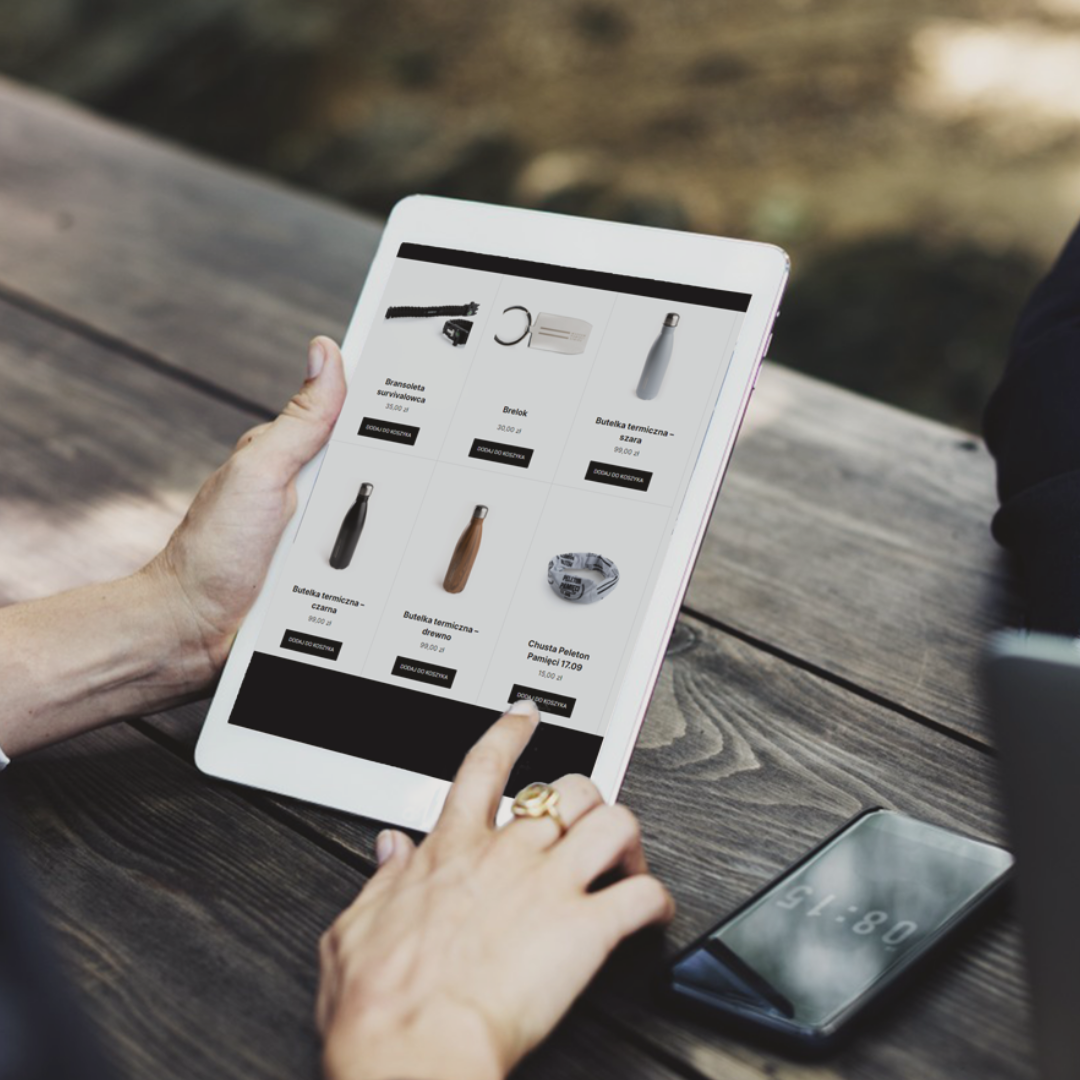This time, items belonging to Witold Świątecki, a Sybirak who took part in this bloody battle in 1943, were presented. Professor Grażyna Świątecka — the daughter of Witold Świątecki talked about the family mementos.
The Świątecki family was deported to Siberia on June 29, 1940 and was placed in the posiołek of Łomowatoje and then in the posiołek of Niawrus. Witold worked at logging (woodcutting) and as a blacksmith’s assistant, and his wife Emilia operated a gourd (sauna).
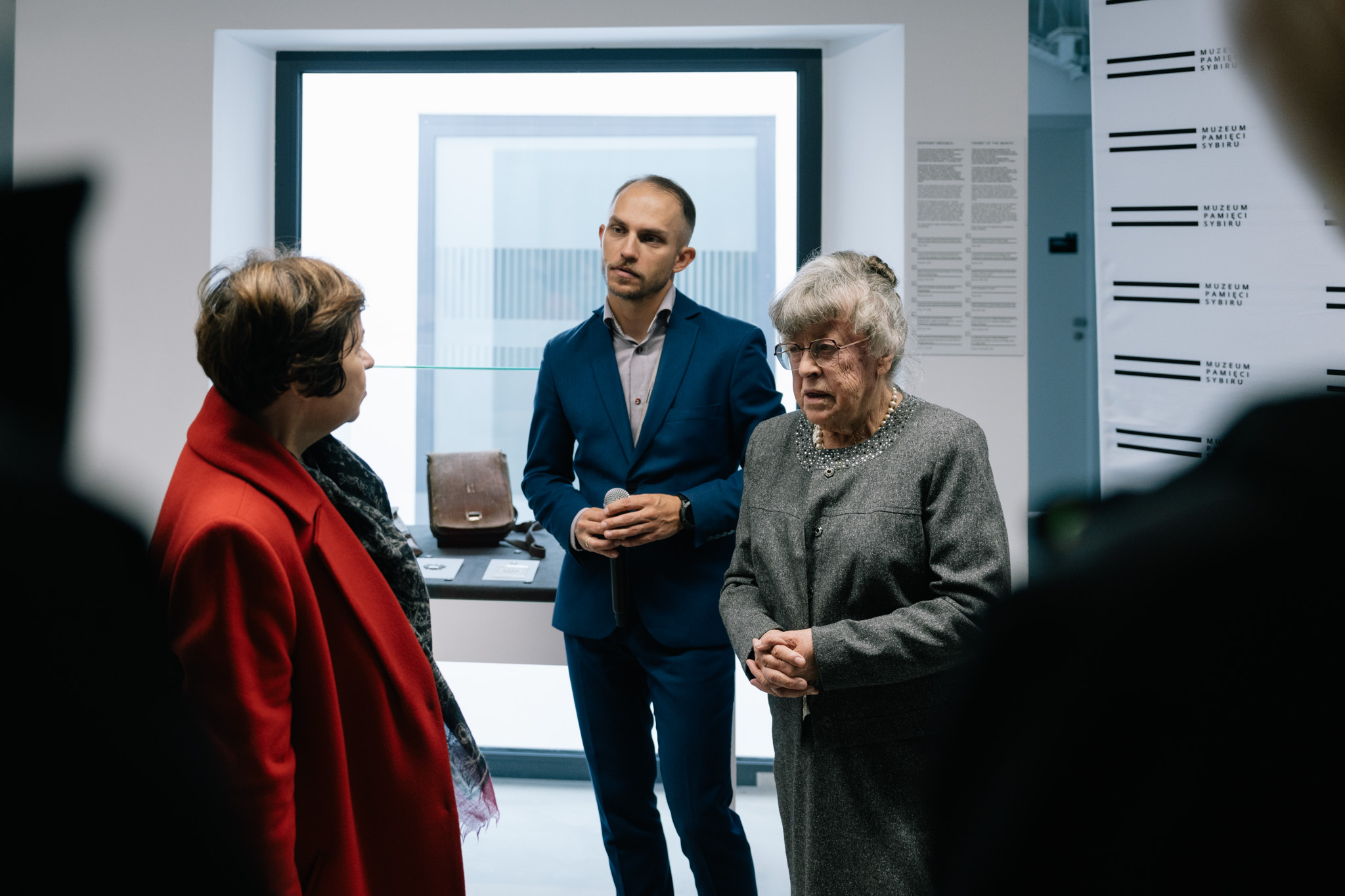
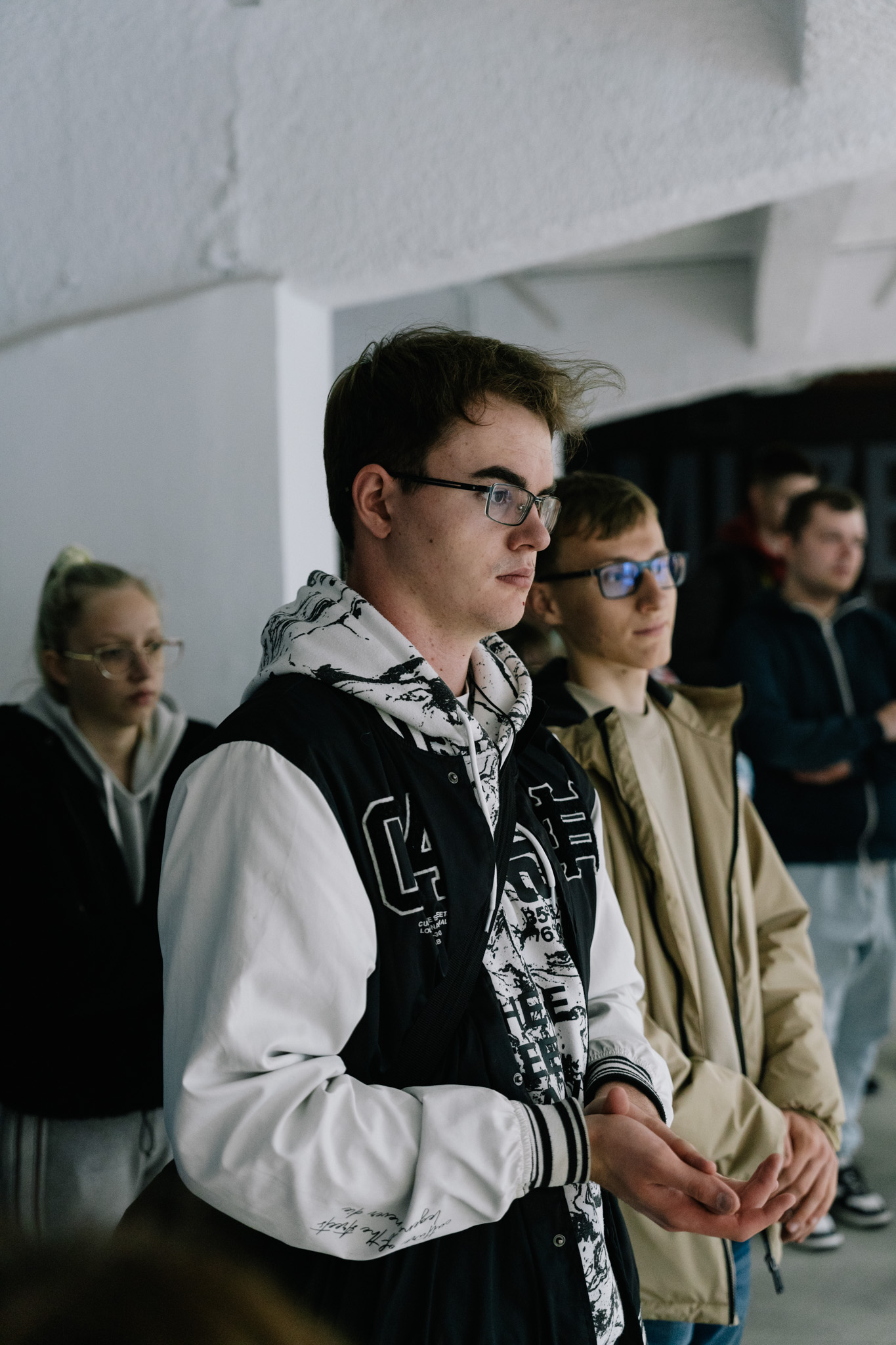
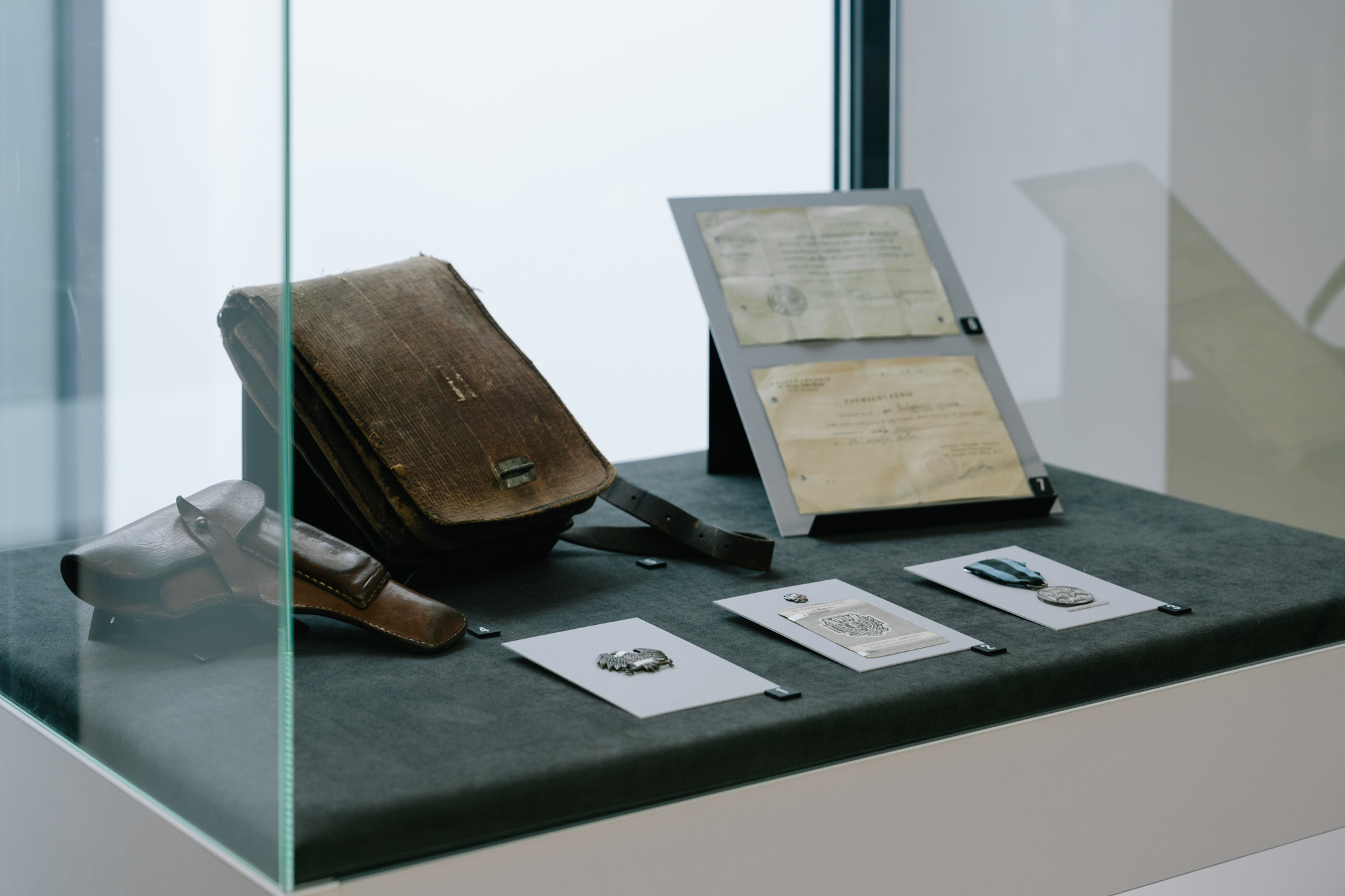
— There were barracks awaiting us in the deep taiga forests and we started our lives there, while at the same time we were informed that there was no possibility of returning to Poland. At the time of deportation, I was only 6 years old. In the first days we had to camp outside because the barracks, where we were supposed to live were literally wallpapered with bedbugs, so they had to be eradicated first. Therefore, we spent the first days outdoors, in the forest.
There were hunger, cold, diseases, and death. Especially children from large families died. Because who was there in those barracks? Mothers with their children. The fathers were either in labor camps or in Katyn, or they died in 1939. Therefore, mothers burdened with several children actually had an exceptionally difficult situation. Exceptionally, there were all three of us (me, dad and mom), so it was at least a little easier for us — Grażyna Świątecka talked about her stay in exile.
In 1943, Witold was incorporated into the 1st Tadeusz Kościuszko Infantry Division, the so-called Berling’s Army. On October 12–13, 1943, he took part in the Battle of Lenino.
— We were among those who did not make it to Anders. My father was the so-called man of trust, and at some point a telegram came telling us not to come to where Anders’ Army was gathering, because there was an epidemic and there was famine. We were stuck again in the vast taiga forests until my father was drafted into the army. A very large number of exiles joined the army because it was often the only way to escape from these difficult conditions: hunger, disease, cold. And these people walked tattered, barefoot, to the place where the so-called Berling’s army was being formed — said the Museum guest.
During the presentation of the “Exhibit of the Month”, Grażyna Świątecka mentioned many letters sent by her father to both her and her mother:
— I remember a letter from my father to my mother, in which the father writes and is happy due to the fact that he is finally not hungry, because before he left he was on the verge of hunger fatigue. During these few months, people came back to life and these rags were changed into Polish uniforms with Polish eagles, although without the crown. My father also wrote that he was very happy with the shoes. Shoes were the dream of all men who were in exile. In comparison to hunger that dominated in posiołek, the food might have seemed to be cordon bleu.
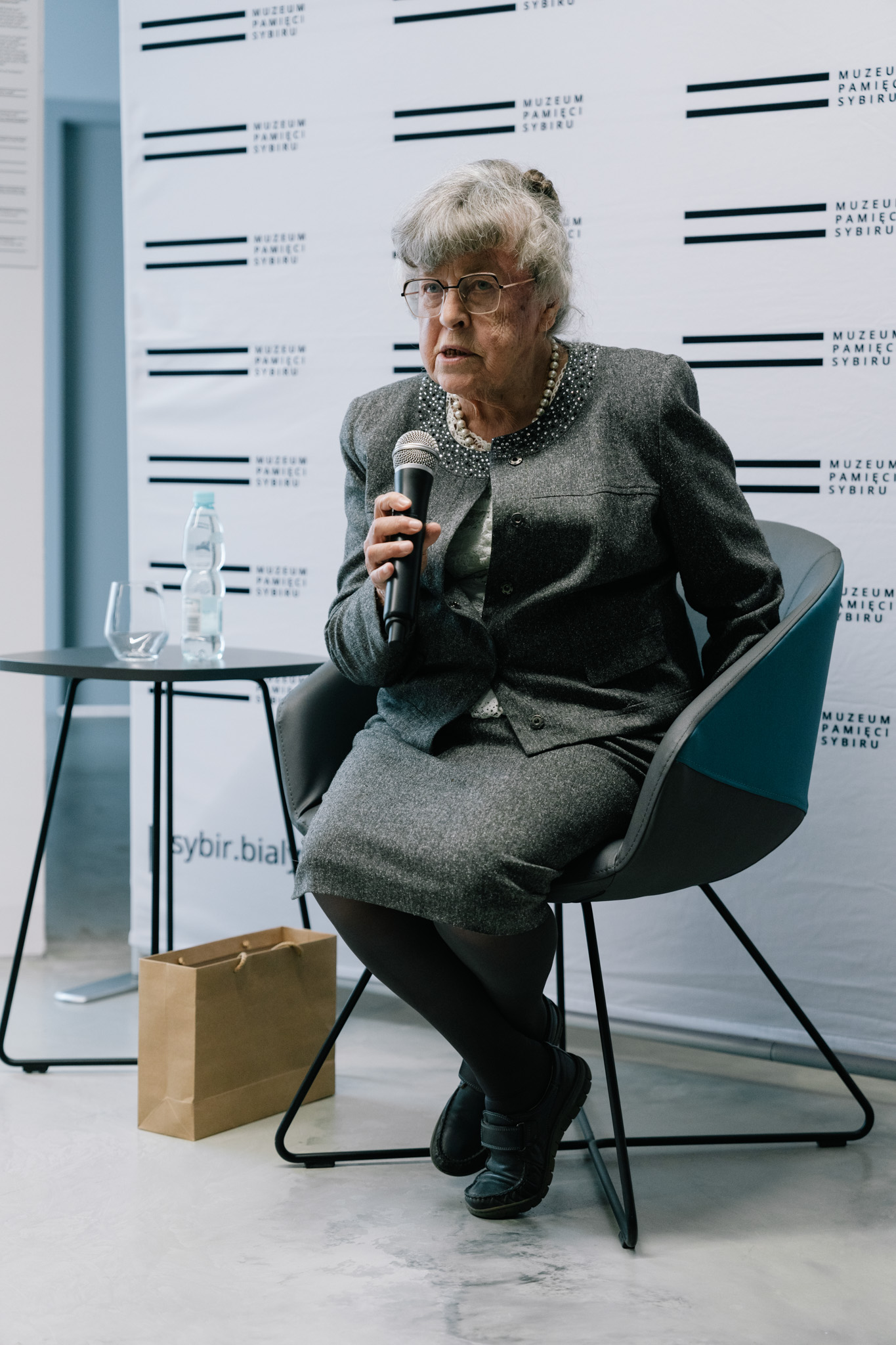

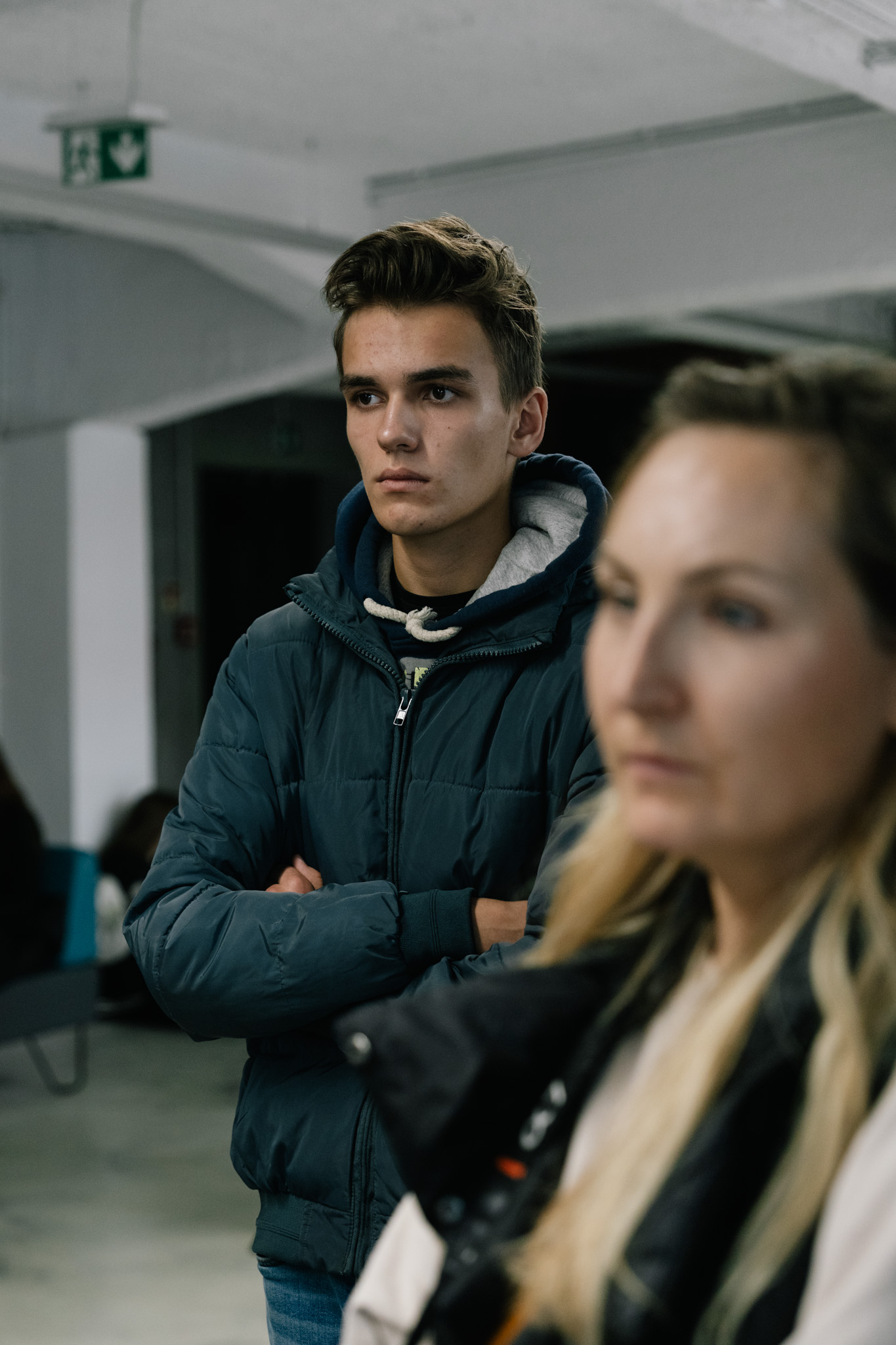
— My father also wrote to me: “we are moving forward, we are going to the West, we are going to Poland, we will meet there soon” — and he actually survived the Battle of Lenino. Among his mementoes, I also found a card dated October 13, 1943. How and when did your father write it? I don’t know. He wrote very often, perhaps thinking that this might be his last letter — recalled Grażyna Świątecka.
At that time, Mrs. Grażyna and her mother were staying in Jemiecko near the Drwina river, where Emilia Świątecka was organizing a Polish orphanage. In May 1944, the children and their teachers were moved to the neighborhood of Kuibyshev (now Samara), and in 1946 they were repatriated to Poland. After three years of separation, the Świątecki family met again.
As part of the October Exhibit of the Month, in the upper floor of the Sybir Memorial Museum, you can see items donated by Grażyna Świątecka belonging to her father, Witold: a service pistol holster, a Soviet report bag, a medal for Merit on the Field of Glory of October 12–13, 1943.
— This is a rare situation — pointed out Piotr Popławski, PhD from the Sybir Memorial Museum. — The equipment usually wore itself out on the battlefield, only a few survived. And even if such elements have been preserved, we hardly know who they belonged to. Here we have items belonging to a specific soldier fighting in the battle that took place exactly 80 years ago.
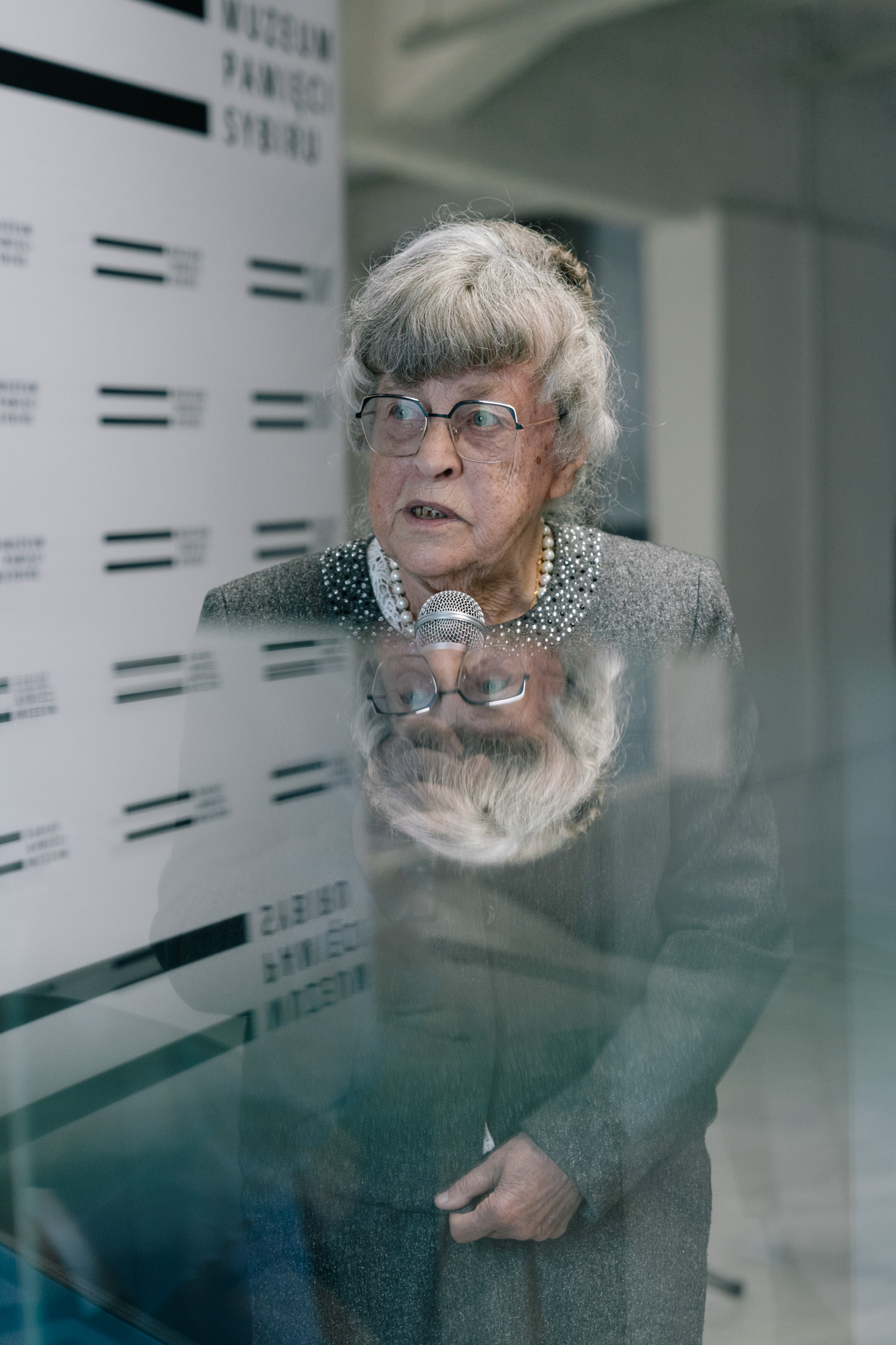
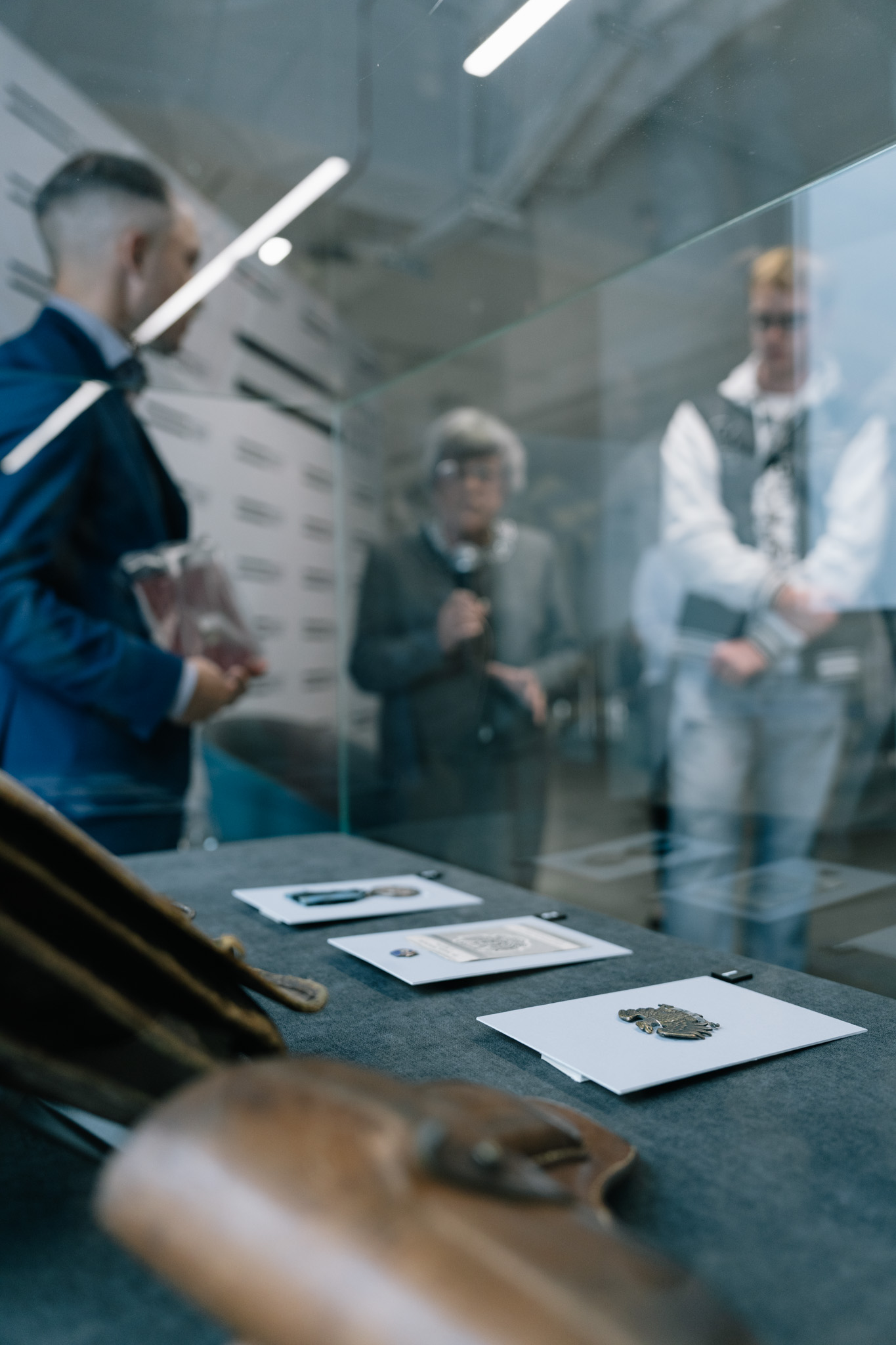
During the visit, the professor brought further objects to Białystok to donate them to the collection of our museum, for which we are extremely grateful.
The next installment of the “Exhibit of the Month” series will take place on November 9, 2023, exceptionally at 5:00 p.m. Igor Strojecki will talk about the mementoes brought to Białystok from his great-grandfather, Leon Barszczewski. After the presentation of the exhibit, at 6:00 p.m., will take place a meeting with the great-grandson of this traveler and photographer — privately, a Varsavianist, genealogy enthusiast, the author of the book „Utracony świat. Podróże Leona Barszczewskiego po XIX-wiecznej Azji Środkowej”. Tickets can be purchased at https://tiny.pl/cjxpk.
Welcome!




